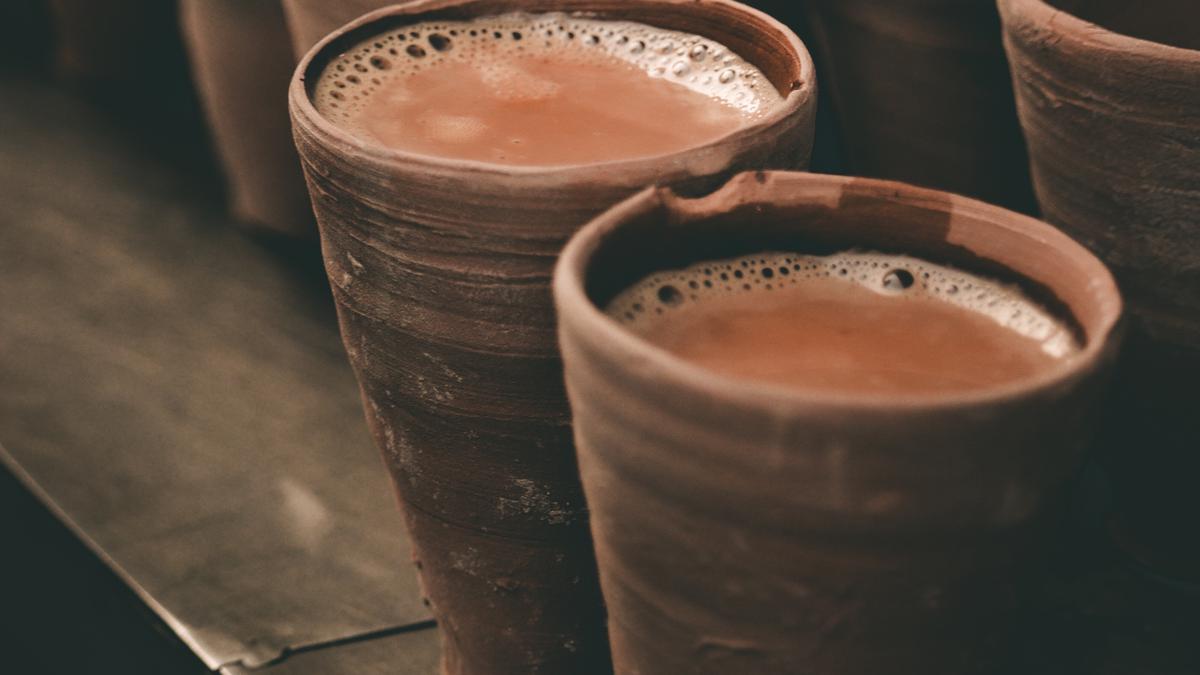
Next time you have kulhad chai, don’t miss the bubbly physics Premium
The Hindu
Relaxing after a hectic semester, Kanpur's kulhads offer a perfect setting to share conversations over a hot cup of tea. The secret bubbles that appear on the surface are due to air packets trapped in tiny holes in the clay pot. This is caused by buoyancy, the same force that makes us feel lighter in water. Tea doesn't leak due to the viscosity of its molecules, which form a tangled net and get stuck in the holes. Superfluid helium, with zero viscosity, can pass through even the smallest of holes. Next time you share tea, remember the amazing physics stories inside the kulhads.
As another hectic semester of classes and exams comes to an end here at IIT Kanpur, where I teach, everyone is breathing a sigh of relief. With winters settling in and a bit of a chill in the air, this is a perfect time to call a friend and share conversations over a hot cup of tea in Kanpur kulhads (earthen clay pots).
As you take tea in a kulhad, and if you pay attention, you will find that for a long period tiny bubbles will continue to form and appear on the surface. Where are these secret bubbles coming from?
Earthen pots, unlike steel or glass cups, are made using clay. Clay is coarse a material that, even after being fired into a pot, has tiny holes throughout, going all the way from the inner to the outer surface. These holes have trapped air inside them, such that as soon as a liquid is poured on them, the air packets try to get out and rise to the surface as bubbles.
Since air is less dense than the surrounding liquid, air bubbles experience an upward push called buoyancy. The buoyant force is the same ‘force’ that makes you feel lighter when you go for a swim in a pool or in the ocean (even though, unfortunately, you may not really have lost any actual weight).
This is also the reason you are asked to tie airbags to yourself when going for a boat ride (here of course buoyancy can save your life).
Since these tiny holes in the clay pot go all the way from the inside to the outside, why doesn’t tea just leak and fall to the ground? How can it still be inside the cup even though there are holes?
All liquids flow and take the shape of a container, but not all fluids are the same. They have a property called viscosity which makes them different from each other. Viscosity tells us how easily a liquid flows. We know from daily experience that honey flows much slower than water, for example. This is because honey is more viscous than water.

Thomas Jefferson and Abraham Lincoln are two of the greatest presidents that the U.S. has seen. You probably know that already. But did you know that Jefferson made what is considered the first contribution to American vertebrate paleontology? Or that Lincoln is the only U.S. president to receive a patent? What’s more, both their contributions have March 10 in common… 52 years apart. A.S.Ganesh hands you the details…












